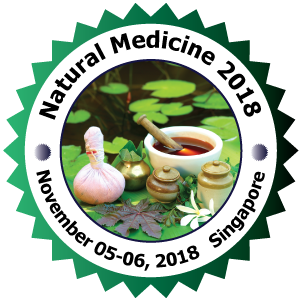
Dr. Khem Raj Joshi
Pokhara University, Nepal
Title: Aspect of Traditional medicine in Nepal, natural products from Nepalese medicinal plants and medicinal plants trade in Nepal.
Biography
Biography: Dr. Khem Raj Joshi
Abstract
The Nepalese biosphere has developed high biodiversity of medicinal plants between 60 m and 8848 m (Mt. Everest) ranging from tropical to alpine and shows a resultant biodiversity by 35 forest types, 75 vegetation types and 7000 vascular plants. The majority of Nepal's population, especially the poor, tribal and ethnic groups, and mountain people, relies on traditional medical practices. Medicinal plants frequently used as raw materials for extraction and isolation of natural products. Natural products have been using since ancient times. Many of these natural products isolated from medicinal plants become current drug for different diseases.
On the basis of traditional uses, availability, ethnomedicinal uses and chemical and biological virginity, six Nepalese medicinal plants: Aconogonon molle, Bombax ceiba, Pterocarpus marsupium, Swertia angustifolia, Begonia picta and Leea aspera have been selected and studied. Chemical isolation and biological activity analysis of these plants has been performed. From these plants total 100 compounds were isolated with 6 new compounds with different classes like; flavonoids, xanthones, coumarins, iridoids, lignans, chalcones, phenolic acids, terpenoids, etc.
In Nepal approximately 150 species of the herbs have been so far selected for trading and industrial use. About 20,000 metric tons of different medicinal plants are being collected from the community or state owned forests in Nepal. Yarsagumba (Cordyceps sinensis), medicinal herb, from Darchula, Jumla, and Dolpa have been receiving over $9.828 million annually from its sale.

